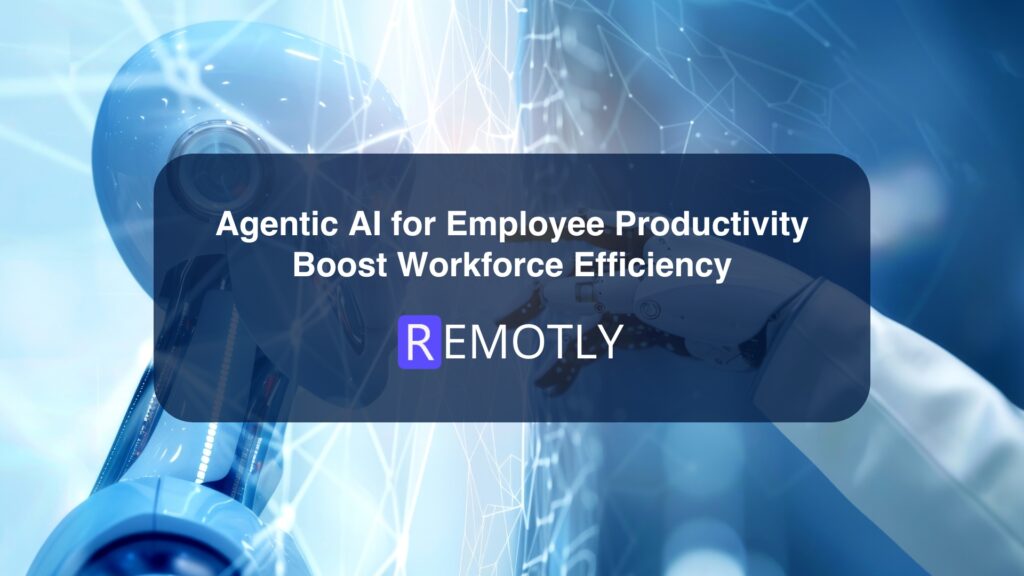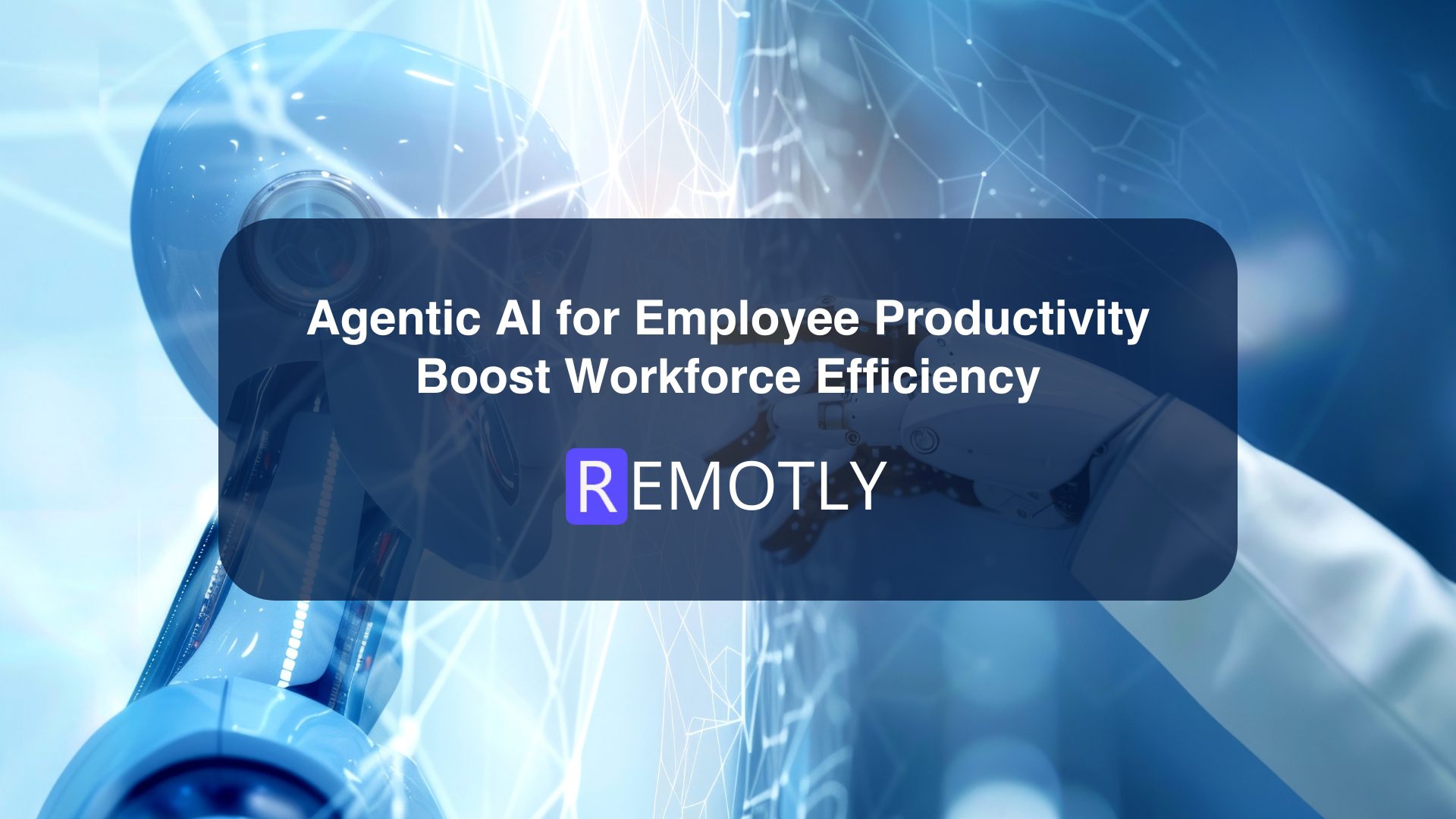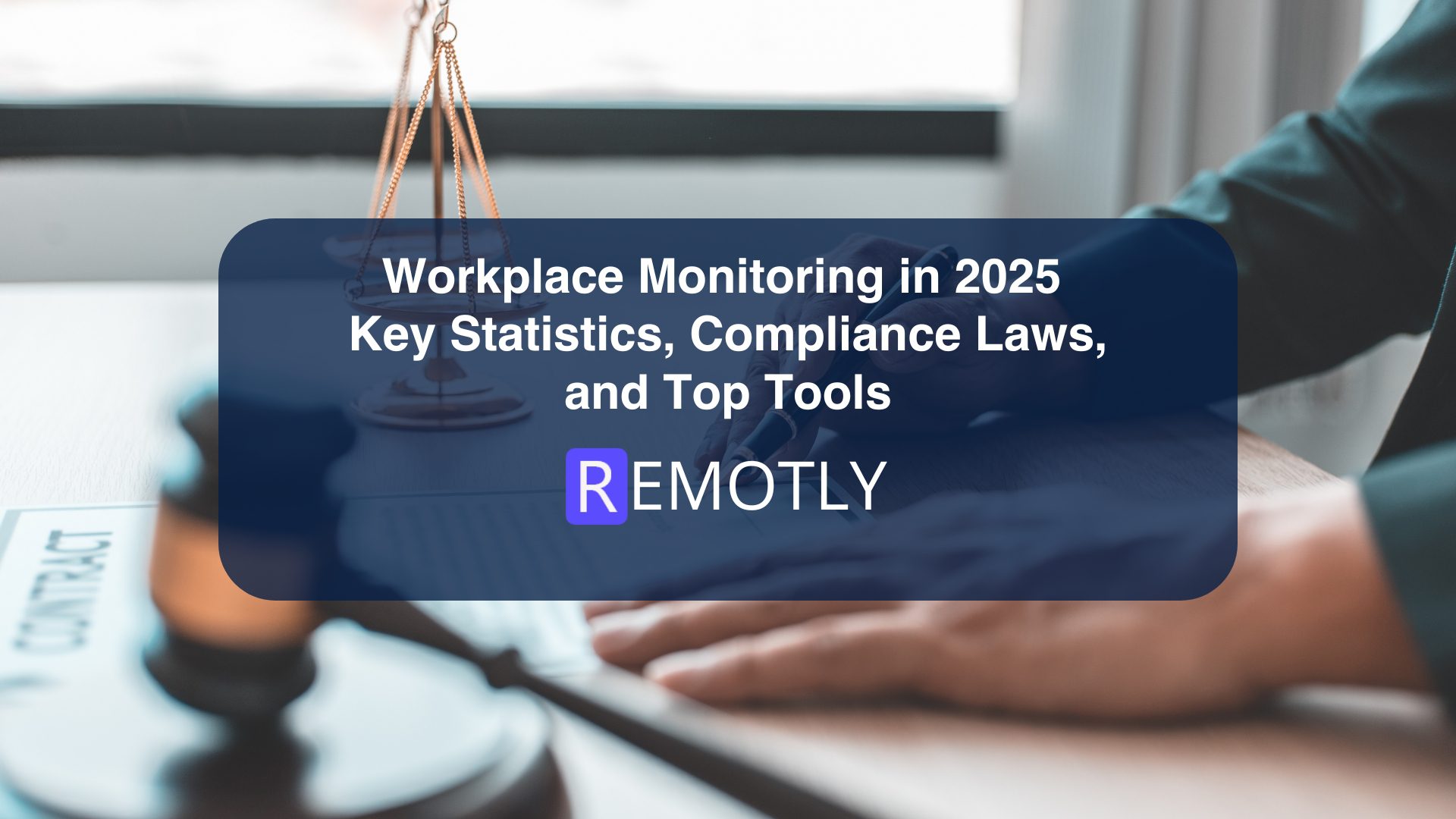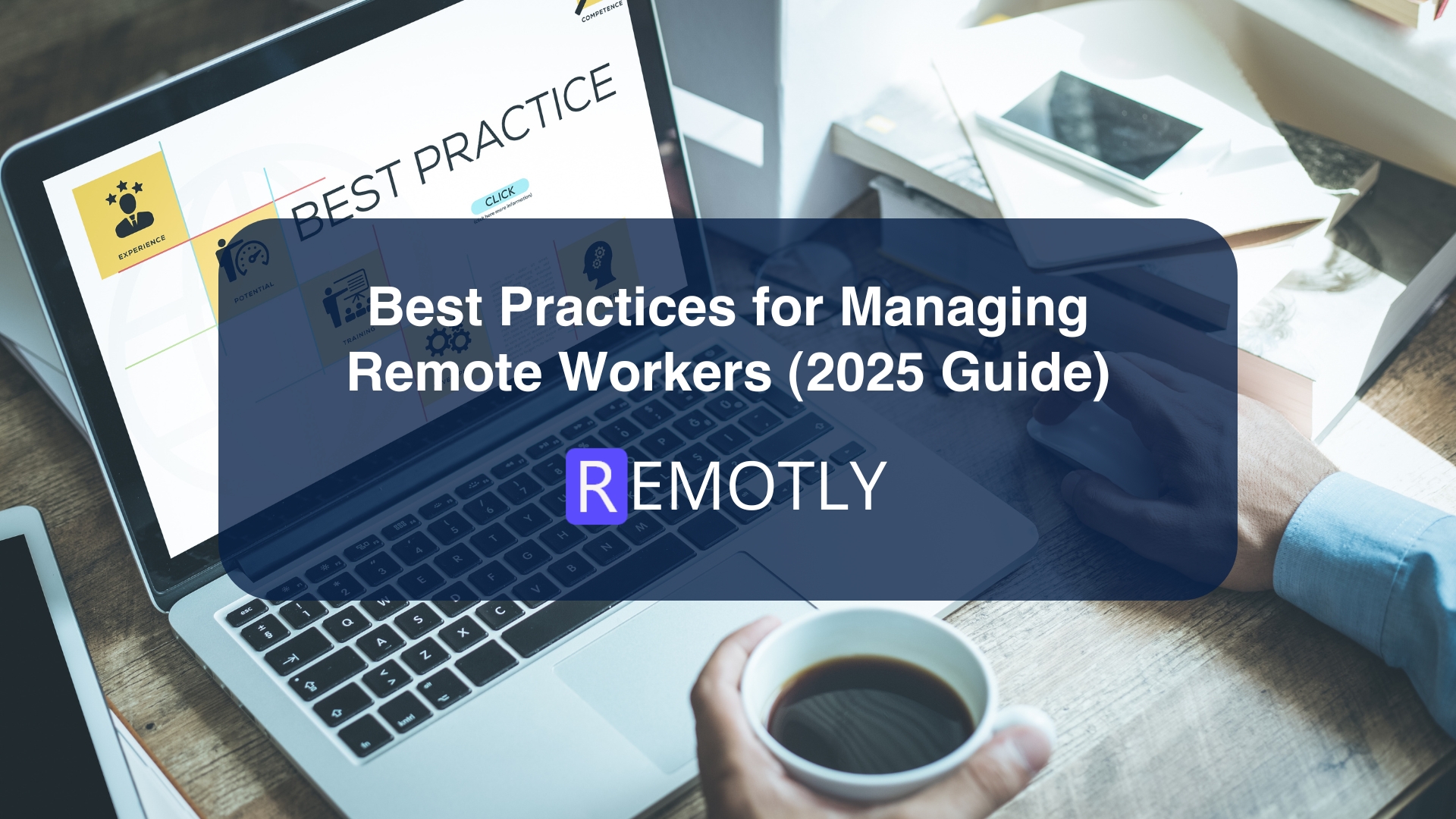Agentic AI is revolutionizing modern workplaces. By providing smart workplace solutions, it automates routine tasks, enhances decision-making, and allows employees to focus on higher-value activities. This shift results in productivity enhancement, cost reduction, and improved employee satisfaction.
Whether you are exploring agentic AI for employee productivity or looking to achieve AI-driven efficiency, understanding its potential can help you transform operations and prepare for the future of work.
What Is Agentic AI and How Does It Transform the Workplace?
Agentic AI is an advanced form of artificial intelligence that can make autonomous decisions, adapt to changing circumstances, and optimize processes without constant human oversight. It can dynamically modify procedures and learn from real-time data, unlike classical AI.
Key Features of Agentic AI
- Autonomous decision-making for operational efficiency
- Instant real-time data analysis for spotting opportunities and risks.
- Adaptive learning capabilities that improve over time
By integrating smart workplace solutions powered by agentic AI, businesses gain a more adaptive and responsive environment. Routine tasks are automated, freeing employees to focus on creativity, strategy, and problem-solving.
How Agentic AI Drives Workforce Optimization and Employee Productivity
Agentic AI plays a direct role in workforce optimization by managing repetitive tasks and offering data-driven insights for resource allocation. It streamlines workflows and ensures that both time and skills are used effectively.
Core Benefits for Workforce Optimization:
- Automates repetitive and time-consuming processes
- Allocates resources based on real-time needs
- Suggests workflow improvements using predictive analytics
By leveraging AI productivity tools, managers gain timely, accurate recommendations that improve project execution and boost employee performance. Tasks can be personalized to suit individual strengths, leading to higher engagement and satisfaction.
AI-Driven Efficiency: Boosting Employee Performance and Morale
AI-driven efficiency goes beyond automation—it actively improves the workplace experience. When employees can focus on meaningful work instead of repetitive tasks, they feel more valued and motivated.
Key benefits for employee productivity include:
- Enhanced engagement through personalized work allocation
- Streamlined operations for faster task completion
- Reduced overhead costs due to better resource utilization
- Real-time performance monitoring to identify skill gaps and growth opportunities
By integrating agentic AI into performance management, businesses can also provide customized training recommendations, ensuring continuous development.
Real-World Applications of Agentic AI Productivity Tools
Agentic AI is already delivering results across industries. Businesses use these tools to enhance project management, improve customer experiences, and optimize internal processes.
Examples of AI Productivity Applications:
- Automating administrative work such as scheduling and reporting
- AI-driven chatbots and sentiment analysis to elevate customer service.
- Improve project timelines with predictive delay analysis and smart resource allocation.
- Analyzing talent performance to recommend tailored development plans
These applications allow businesses to shift their workforce toward innovation, while AI handles repetitive and data-heavy tasks.
Overcoming Challenges in Implementing Agentic AI
While the benefits are clear, businesses must address certain challenges when adopting agentic AI for employee productivity.
Key Challenges and Solutions:
- Data privacy → Implement strong protection protocols and secure systems
- Ethical AI use → Establish clear guidelines for responsible AI deployment
- Change management → Provide training, resources, and open communication during transitions
A thoughtful approach builds trust among employees and smooths the integration process.
Best Practices for Successfully Implementing Agentic AI
To maximize results, businesses should follow proven strategies when adopting smart workplace solutions powered by agentic AI:
- Align AI projects with corporate objectives – Establish quantifiable targets.
- Train employees effectively — Ensure teams understand AI tools and their benefits.
- Foster innovation — Encourage adaptability and creativity alongside AI use.
- Ongoing AI performance monitoring with regular evaluations and strategic adjustments.
The Future of Work: Human-AI Collaboration
The workplace of the future will thrive on human-AI collaboration. Employees and AI systems will work in synergy, with humans focusing on creativity and innovation while AI handles optimization and analytics.
Businesses that embrace continuous learning and adaptation will remain competitive and resilient in a rapidly evolving market.
Conclusion: Unlocking the Full Potential of Agentic AI
By adopting agentic AI and AI productivity tools, businesses can achieve workforce optimization, productivity enhancement, and long-term employee performance improvements. The true power of AI lies in harmonizing technology with human potential, creating workplaces that are innovative, efficient, and future-ready.
FAQ’s
What is the difference between agentic AI and traditional AI?
Agentic AI can make autonomous decisions, adapt in real time, and learn from changing data, while traditional AI typically follows predefined rules and requires more human oversight.
How does agentic AI improve workforce optimization?
It automates repetitive tasks, provides data-driven recommendations, and ensures resources are used efficiently, improving both productivity and employee satisfaction.
Is agentic AI suitable for small businesses?
Yes. Small businesses can benefit from affordable AI tools that handle administrative tasks, streamline workflows, and provide insights for better decision-making.
What are the main challenges in adopting agentic AI?
Key challenges include ensuring data privacy, managing ethical considerations, and preparing employees for workflow changes through effective change management.



